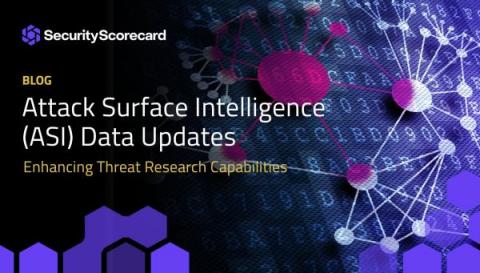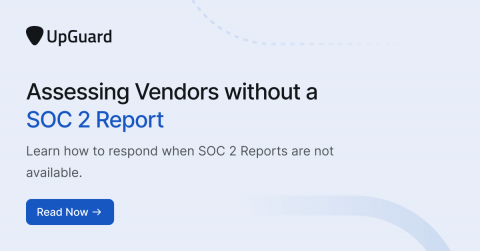Security | Threat Detection | Cyberattacks | DevSecOps | Compliance
Latest News
Announcing Insights: Helping you focus on top risks for your organization
Modern applications are built, deployed and, run in increasingly complex and dynamic environments. Assessing and prioritizing the security issues introduced by these applications without taking this context into account inevitably leads to focusing remediation efforts on the wrong set of issues. This not only results in real risk slipping under the radar but also wastes the valuable time of developers, increasing their frustration and eroding their trust in security.
Attack Surface Intelligence (ASI) Data Updates: Enhancing Threat Research Capabilities
In the ever-evolving cybersecurity landscape, staying ahead of potential threats is crucial. Attack Surface Intelligence (ASI) is vital in identifying vulnerabilities and mitigating risks. This blog post will discuss the latest data updates in ASI and the exciting developments within our threat research group.
Managing technology risk
Numerous risks are inherent in the technologies that all organizations use. These risks have especially become apparent with recent ransomware attacks, which have crippled major infrastructure such as the Colonial Pipeline in the Eastern United States1. This discussion will focus on how GRC, or governance, risk, and compliance can help organizations face and manage the risks that they face.
How to Establish a Cybersecurity Baseline That Works for Your Organization
A cybersecurity baseline is an invaluable set of standards for your organization. It helps you understand your security posture, identify security gaps, and meet cybersecurity regulations. The most widely adopted cybersecurity baselines are those recommended by the NIST Cybersecurity Framework, the SANS Top 20 Critical Security Controls, and Shared Assessments (designed for third-party risk management). We covered the specifics of these frameworks in a previous blog.
The Meal Planner's Guide to Cyber Risk
5 Tips for Crafting a Cybersecurity Risk Remediation Plan
With the new year upon us, now is the ideal time to re-evaluate your cybersecurity controls and your cybersecurity risk remediation strategy. Do you have a plan for cybersecurity risk remediation? Has this plan outlined who needs to be involved? How are you being notified of risks? Is there a process in place to identify and prioritize the riskiest threats for rapid remediation? This year, plan ahead for evolving cybersecurity threats and follow these five tips for crafting a risk remediation plan.
My Vendor Doesn't Have a SOC Report, How Do I Assess Them?
More Network Security Monitoring Tools Doesn't Mean More Visibility
Network security monitoring tools are a critical component of any IT security toolkit. These tools help protect your network from online threats by looking for weaknesses and potential dangers in your organization's digital properties. But as digital ecosystems have expanded into the cloud, remote locations, and across geographies – the number of monitoring tools has skyrocketed.
Evolving Trends in the Cyber Insurance Market
Cyber insurance is the fastest-growing sector of the world’s insurance markets. But, a recent increase in ransomware attacks and business email compromises has led to a sharp uptick in claims, resulting in significant losses for cyber insurers and increased premiums. Cyber insurance customers need a way to increase their cyber resilience, reduce premiums, and improve their cyber postures.








